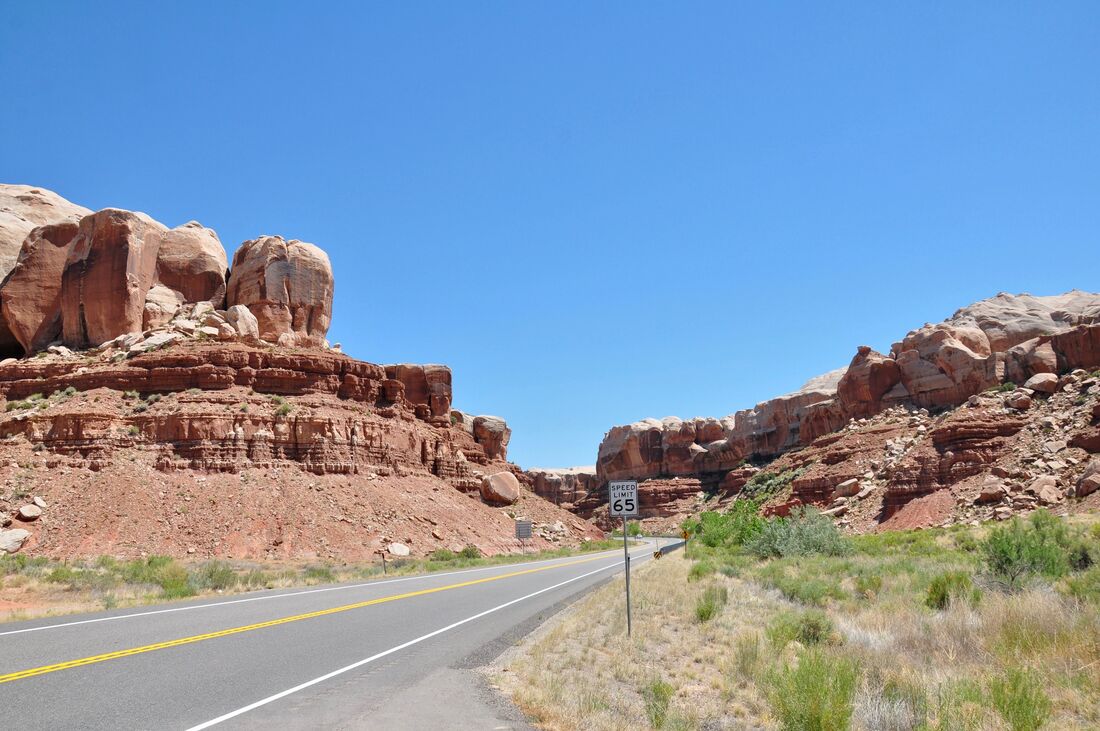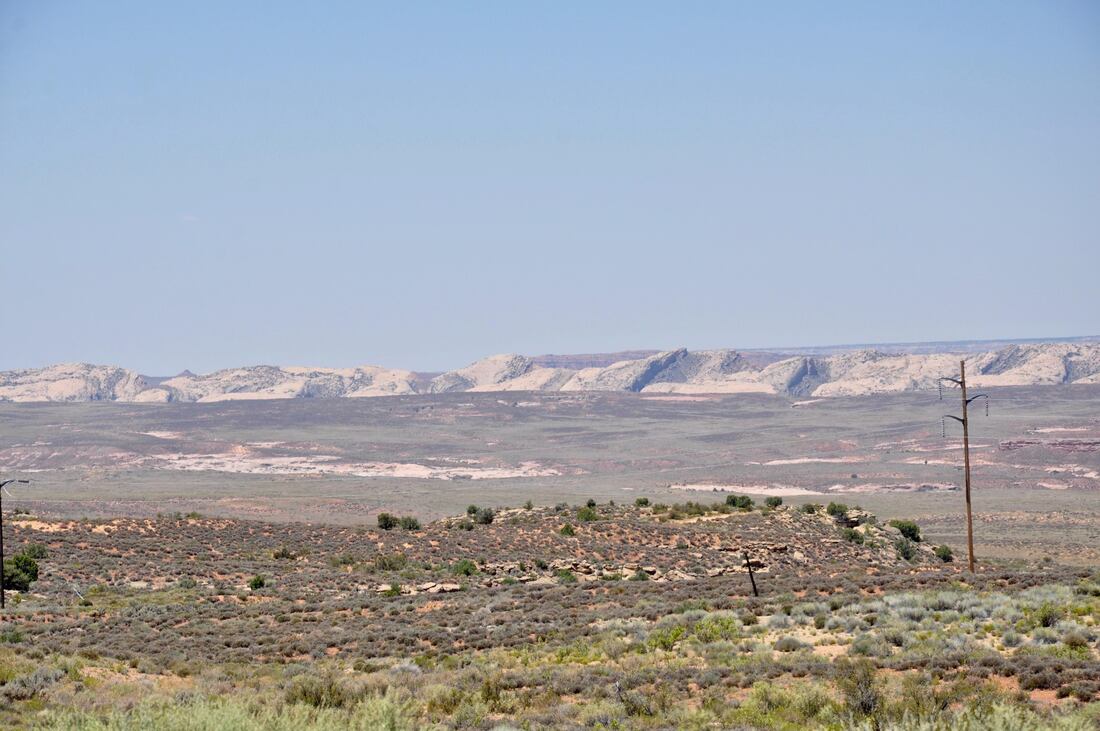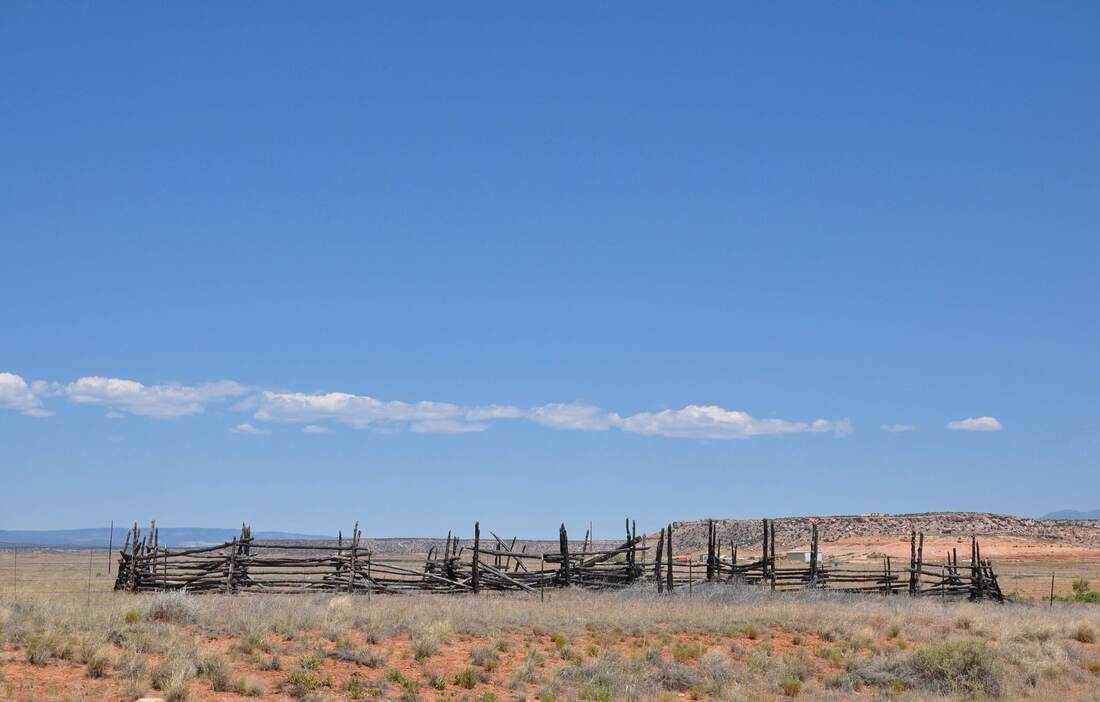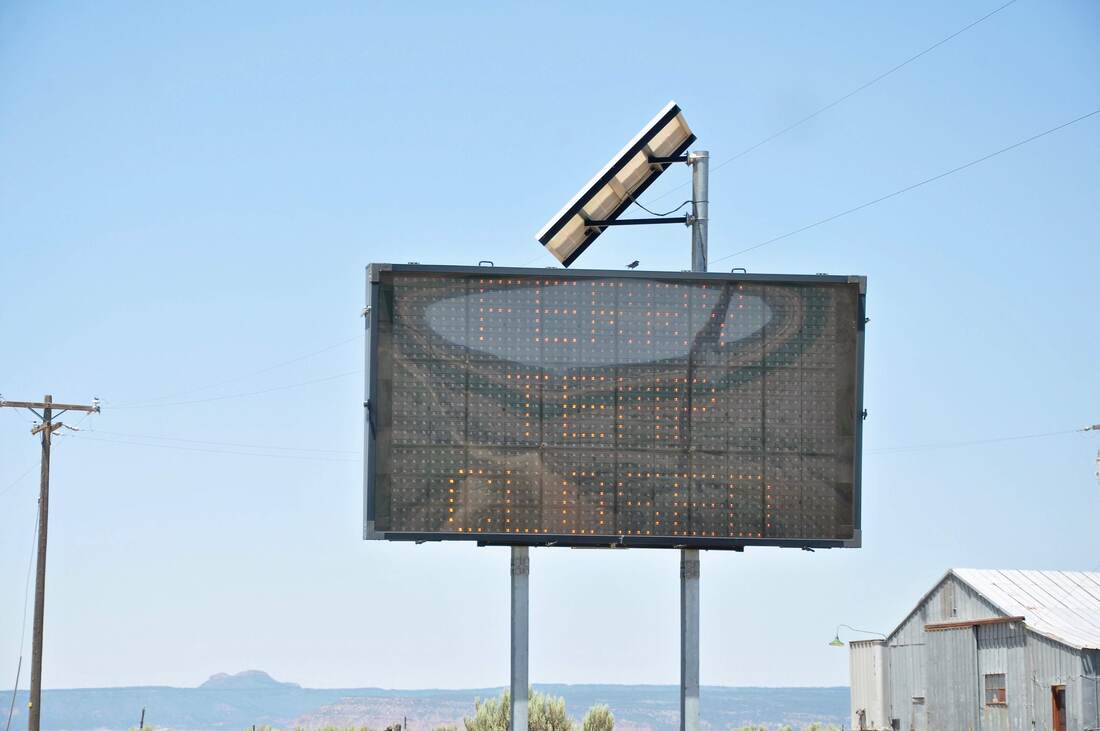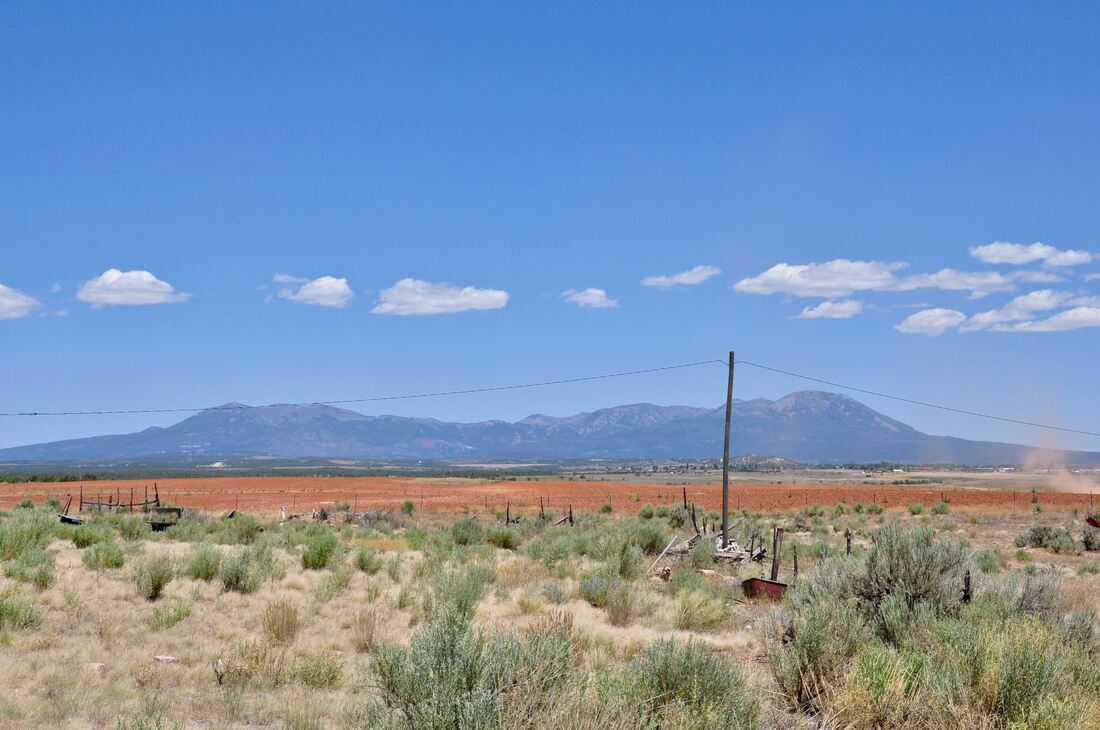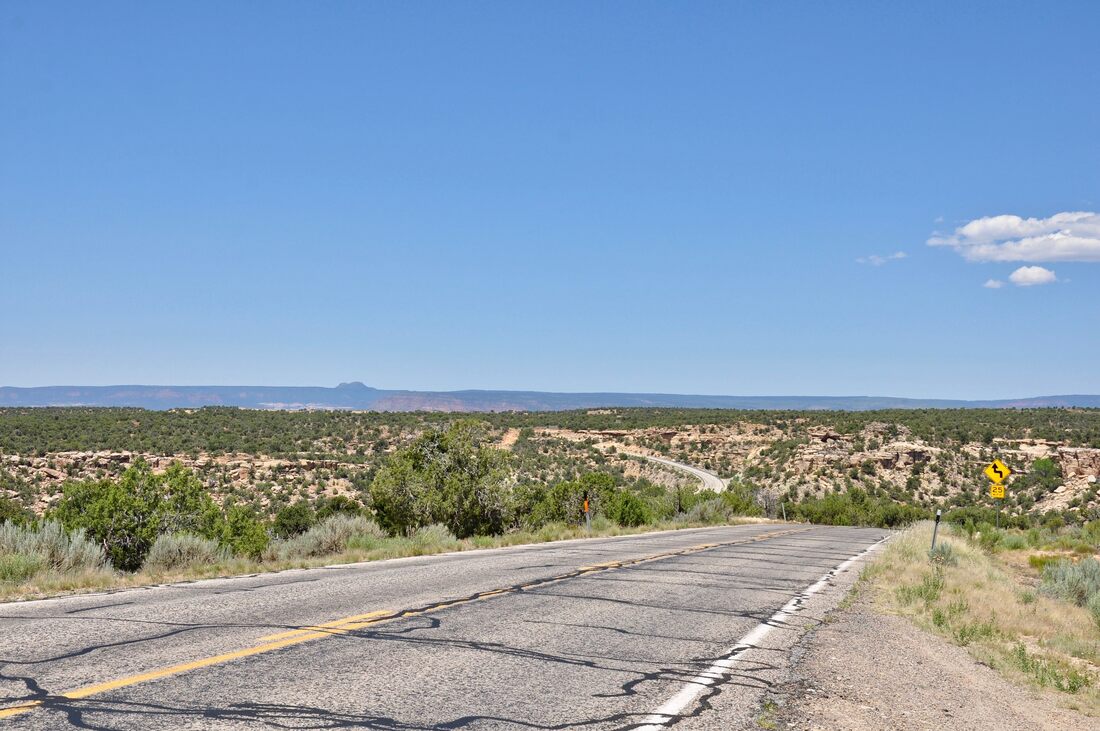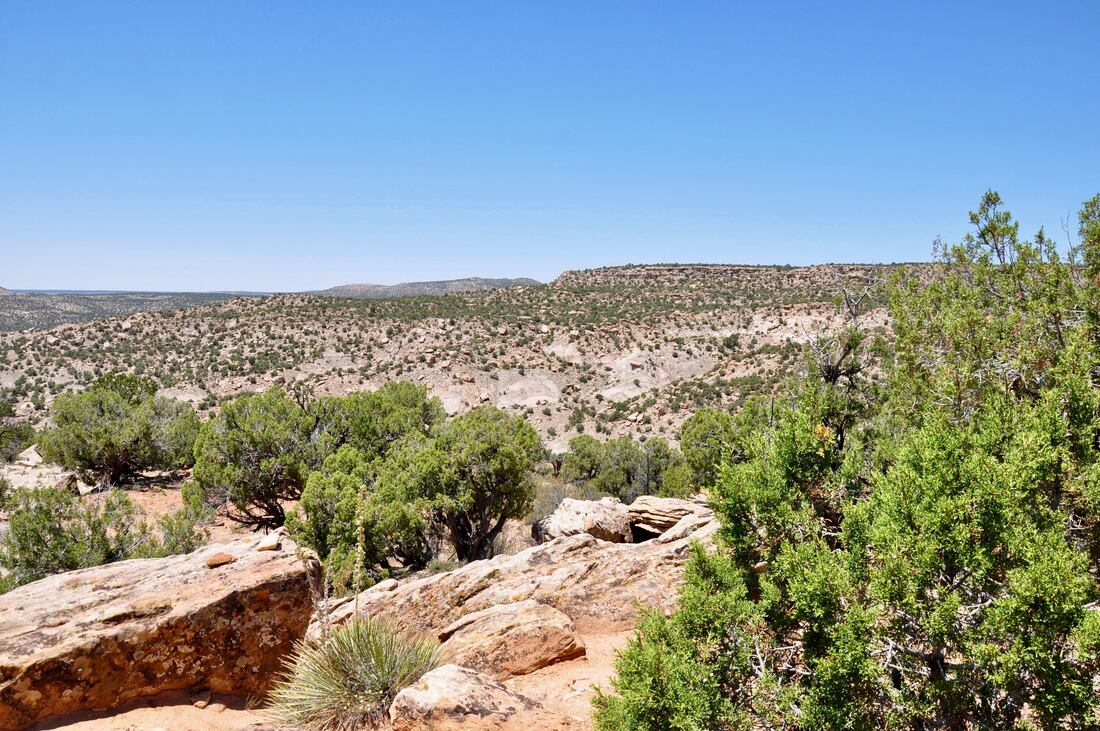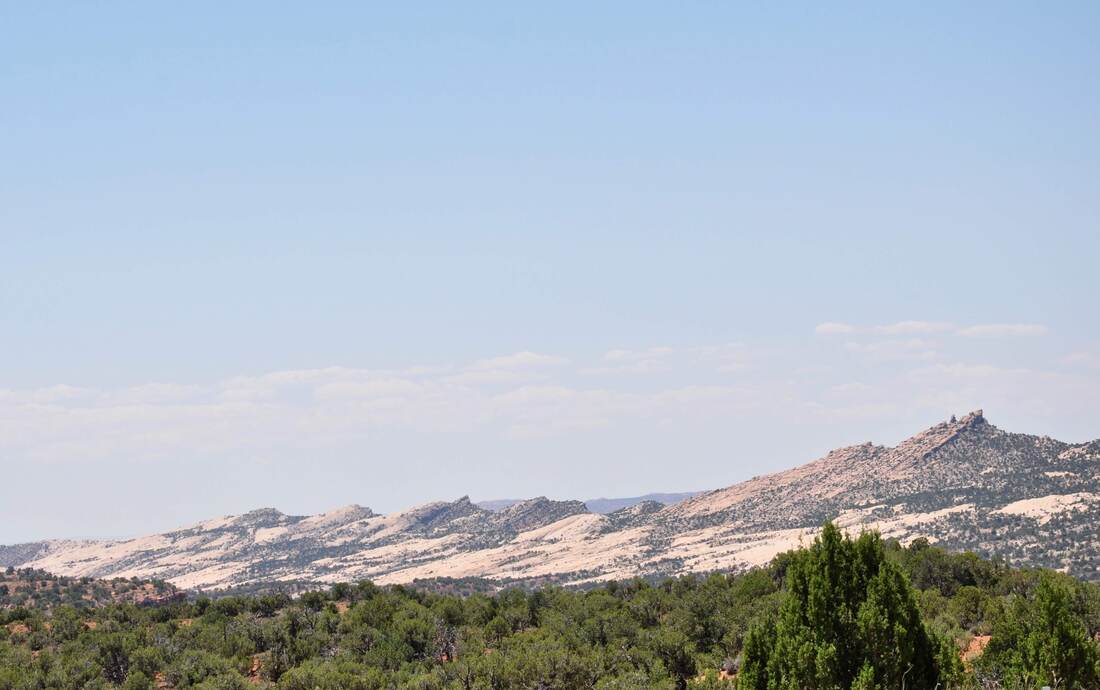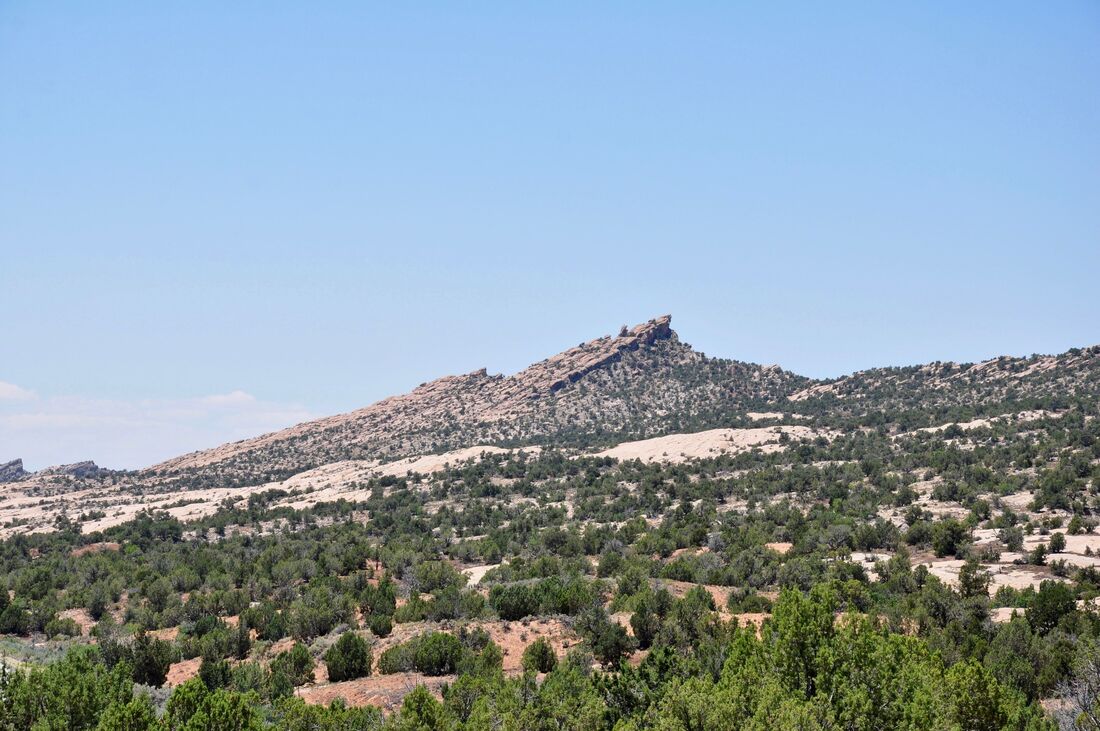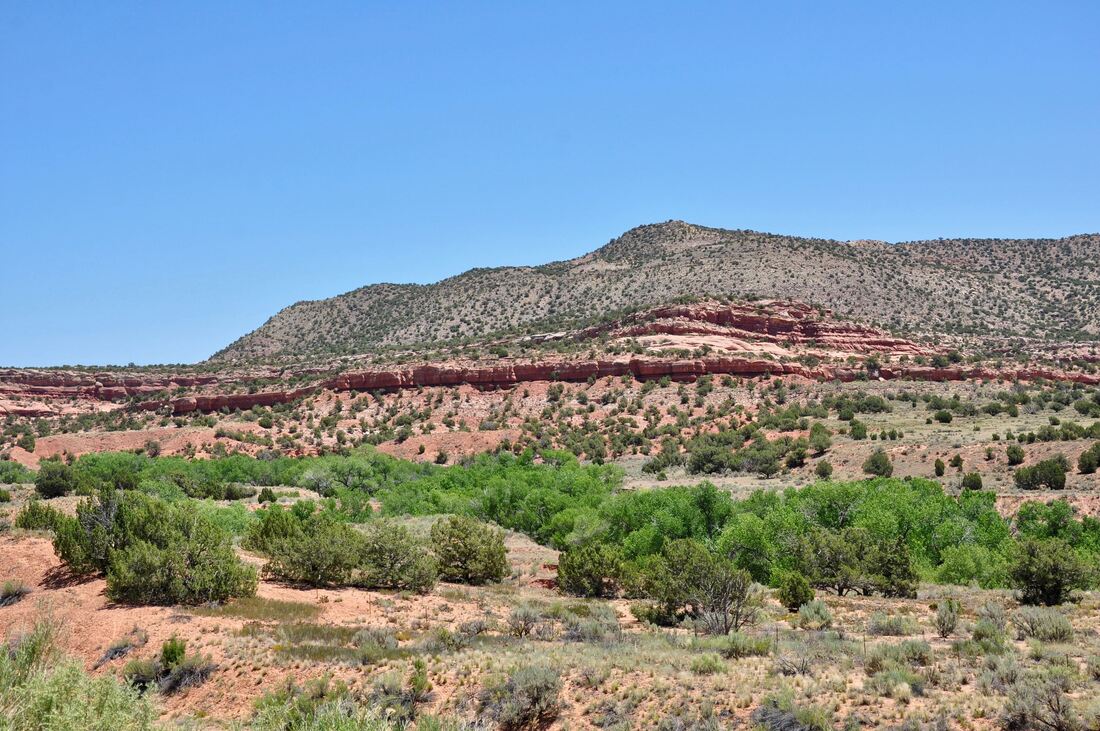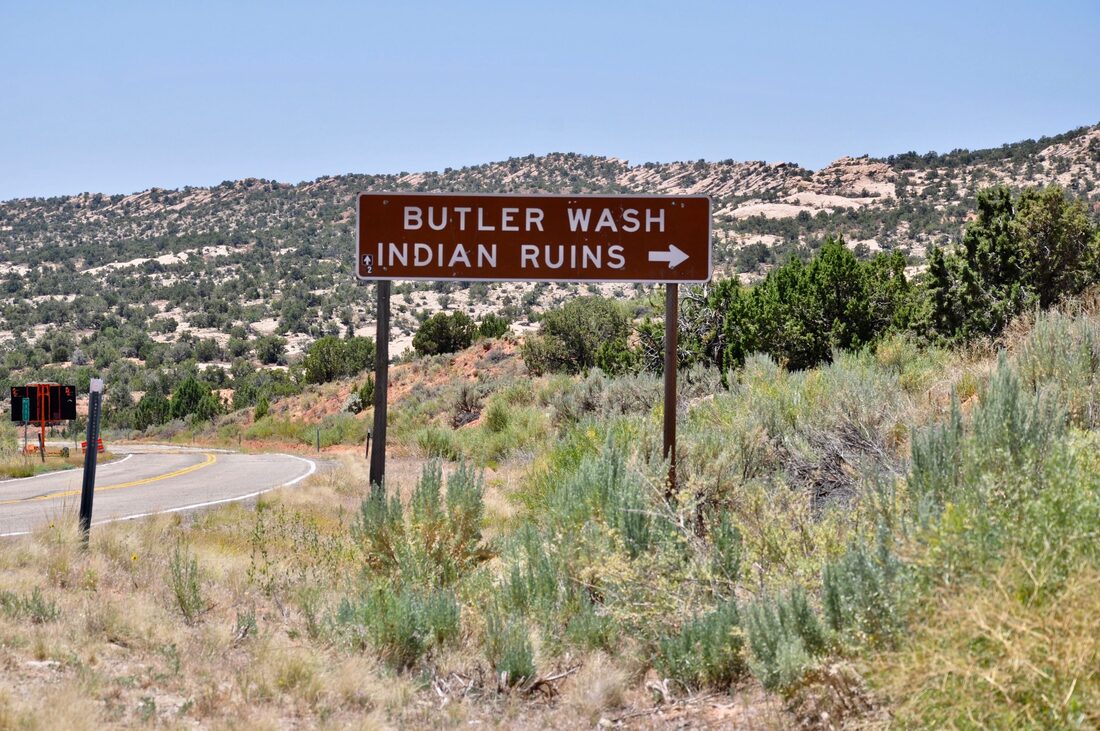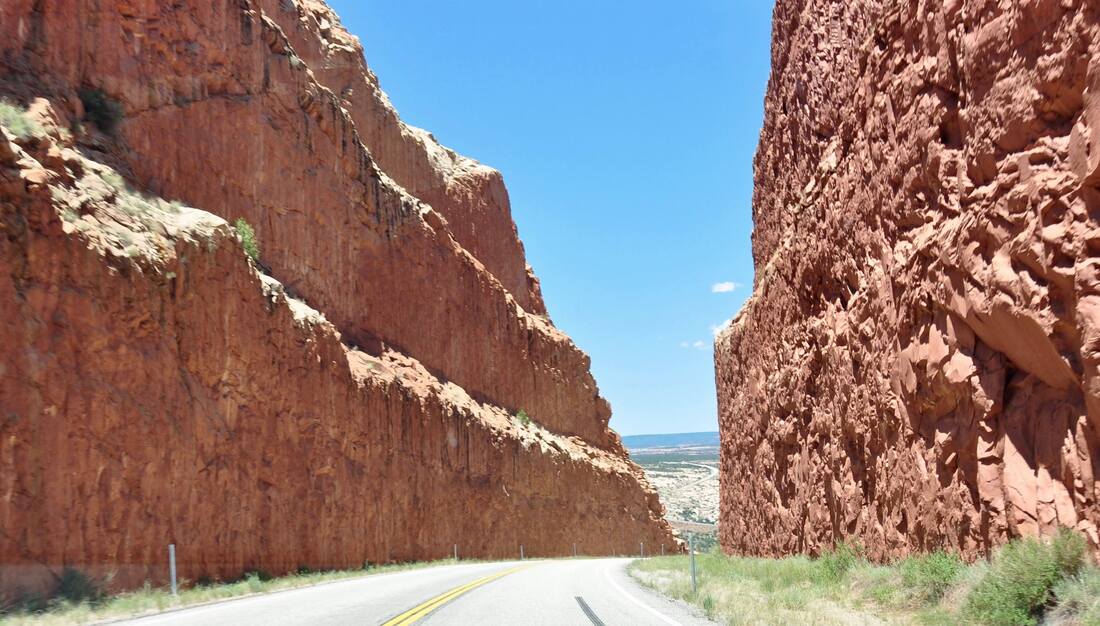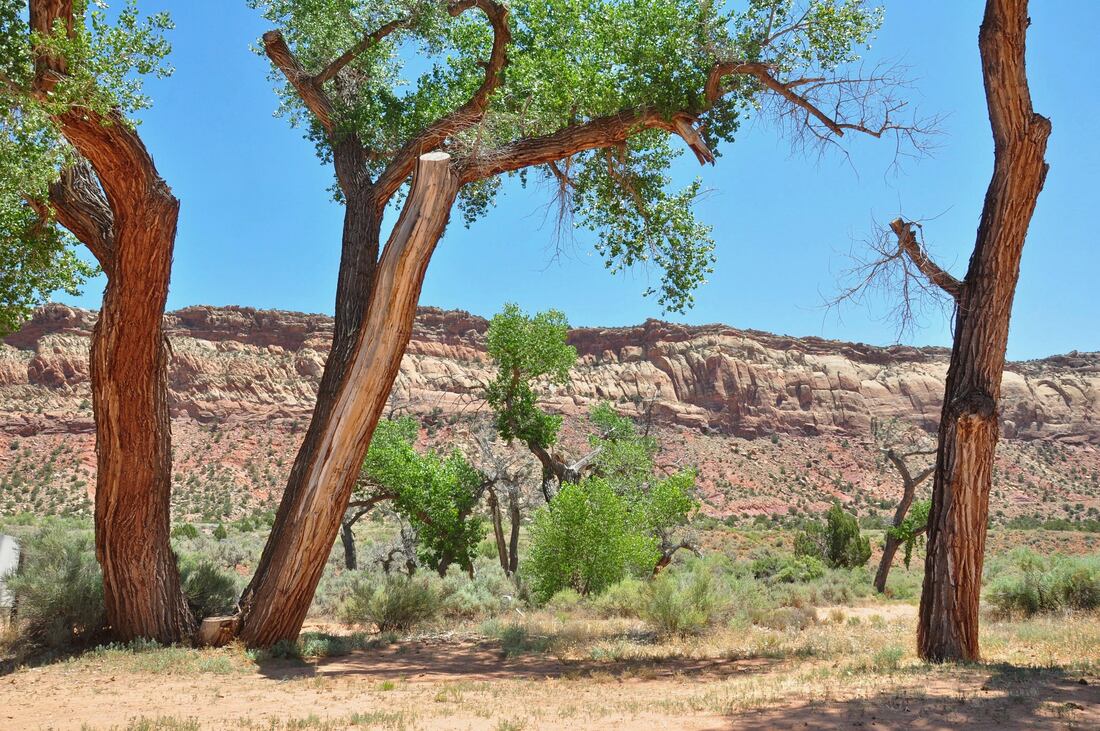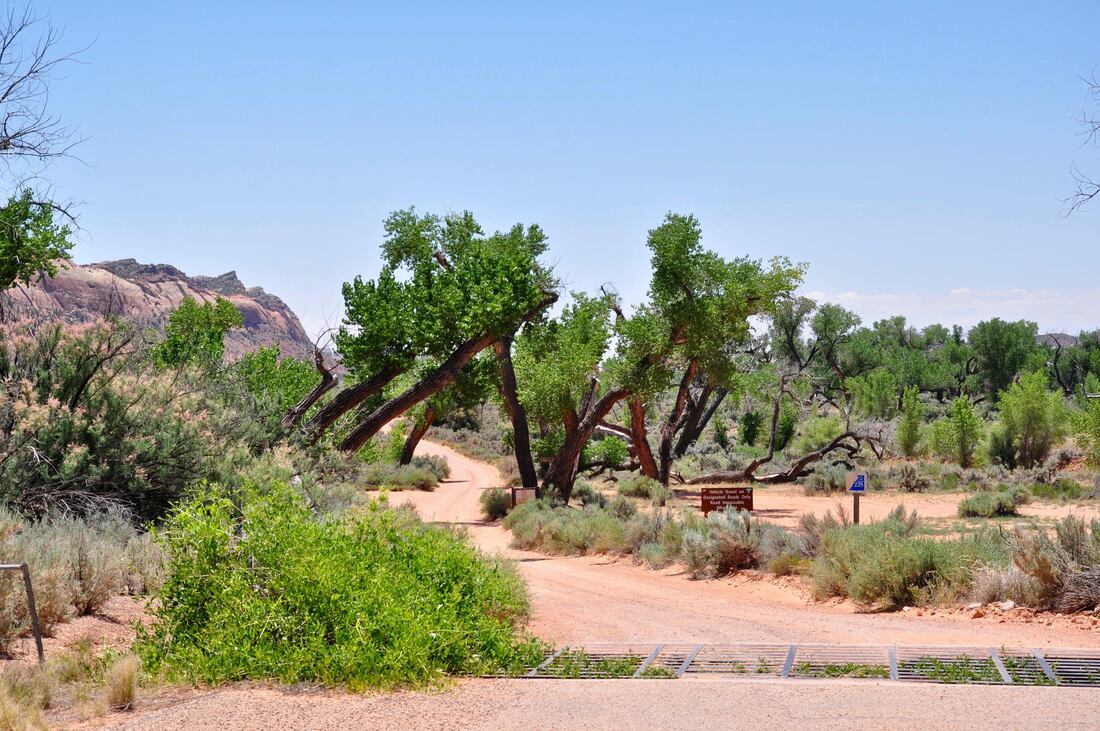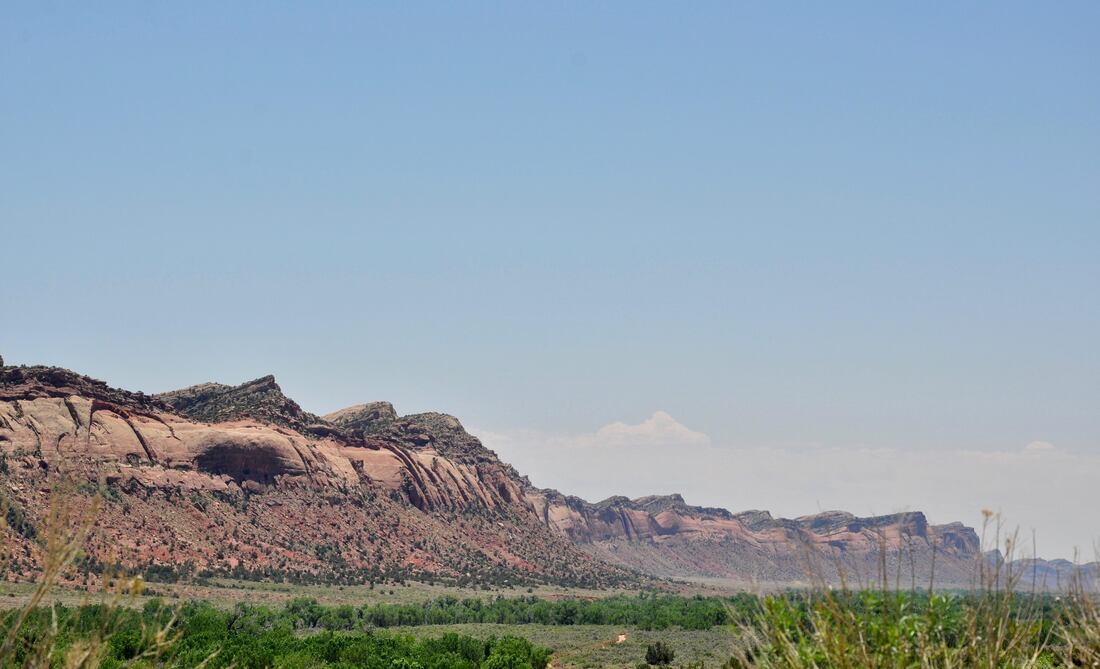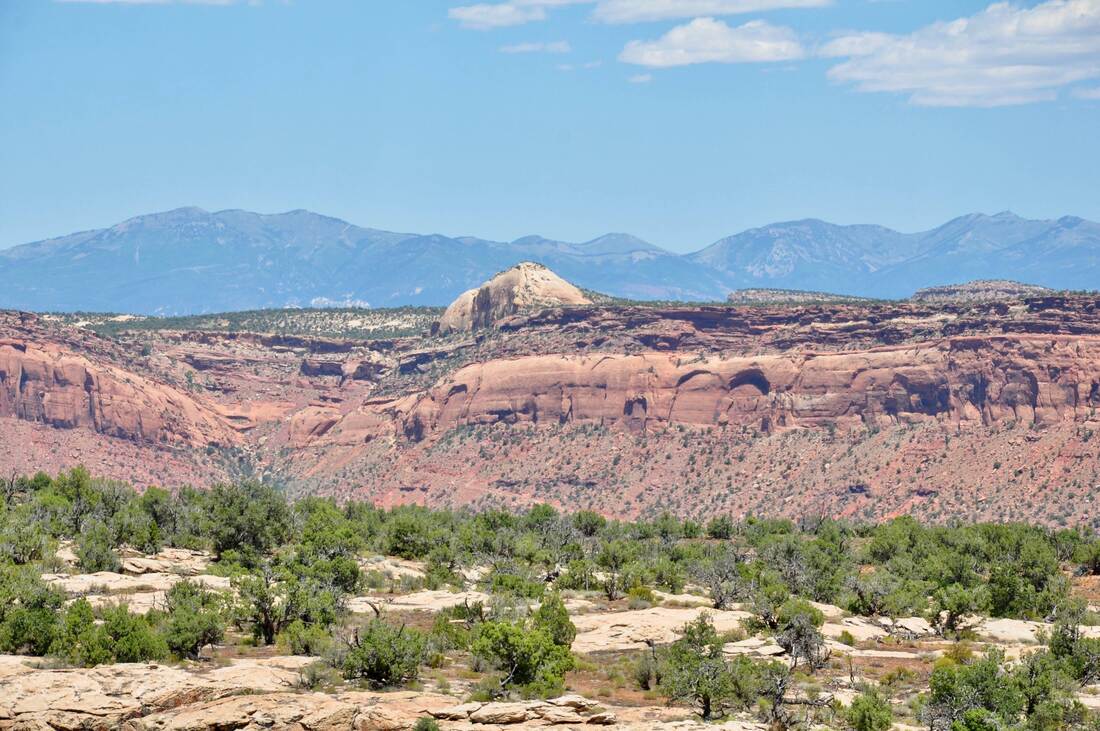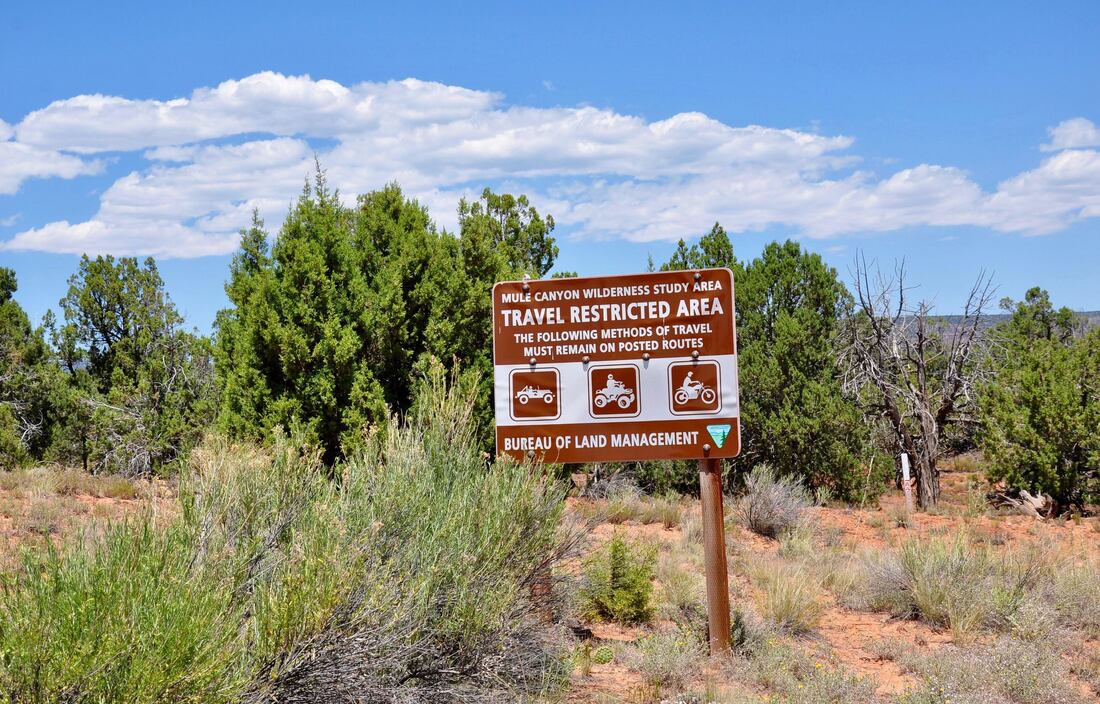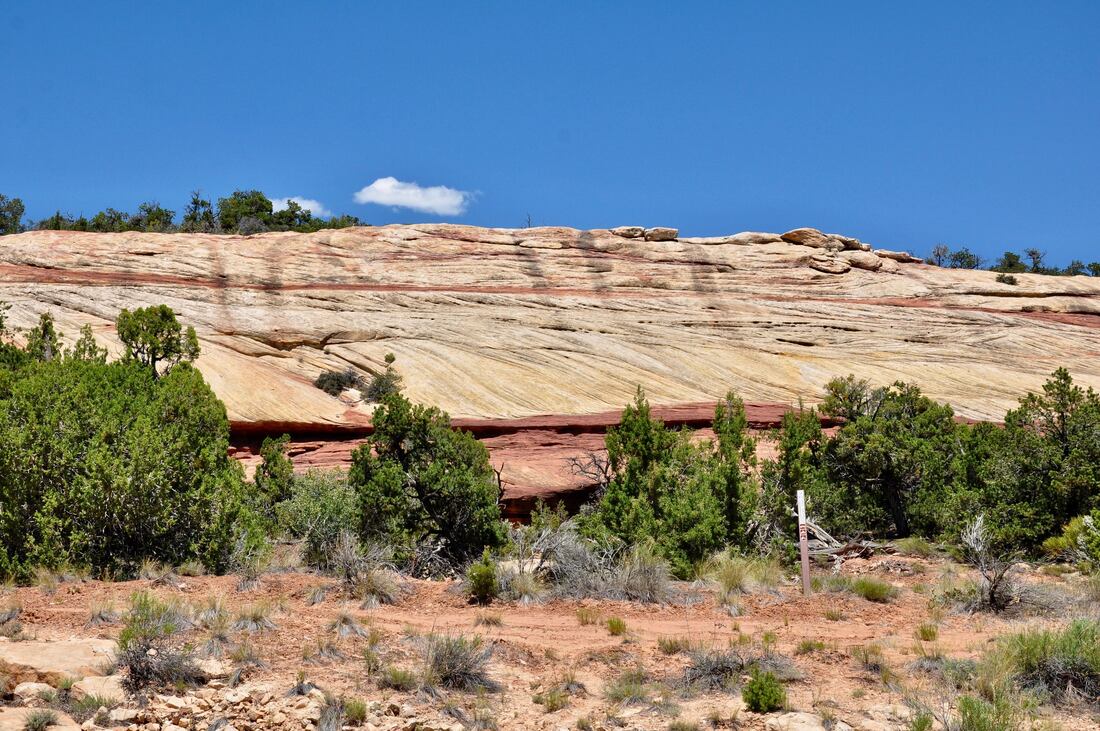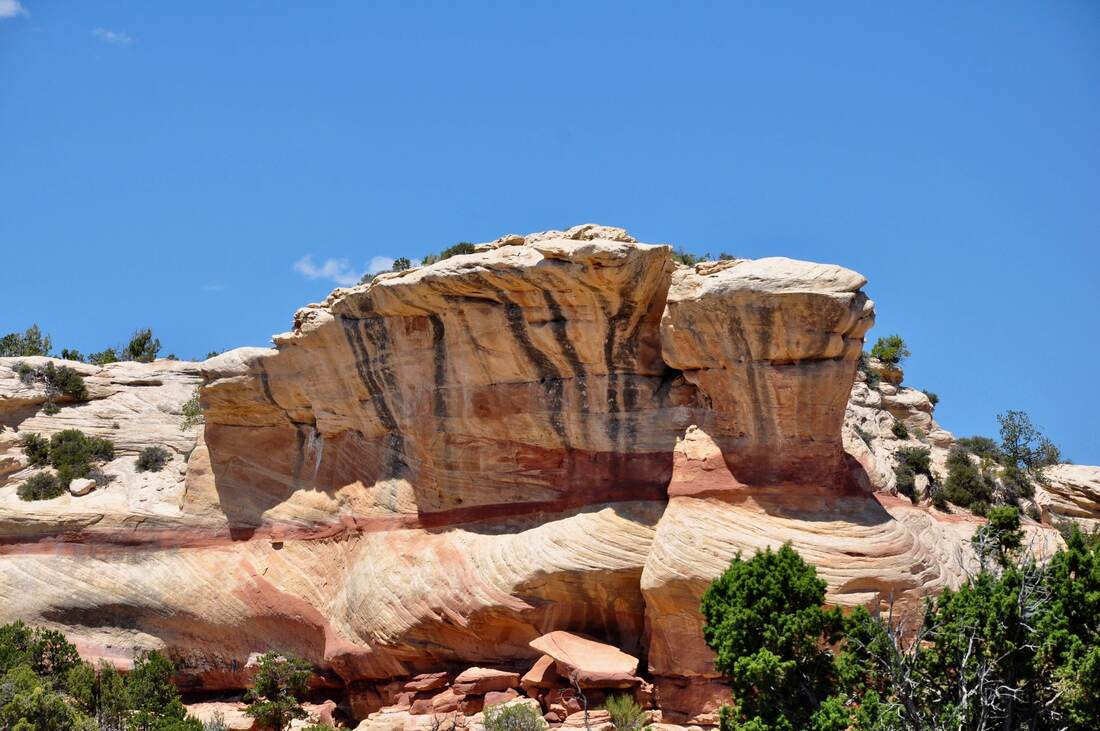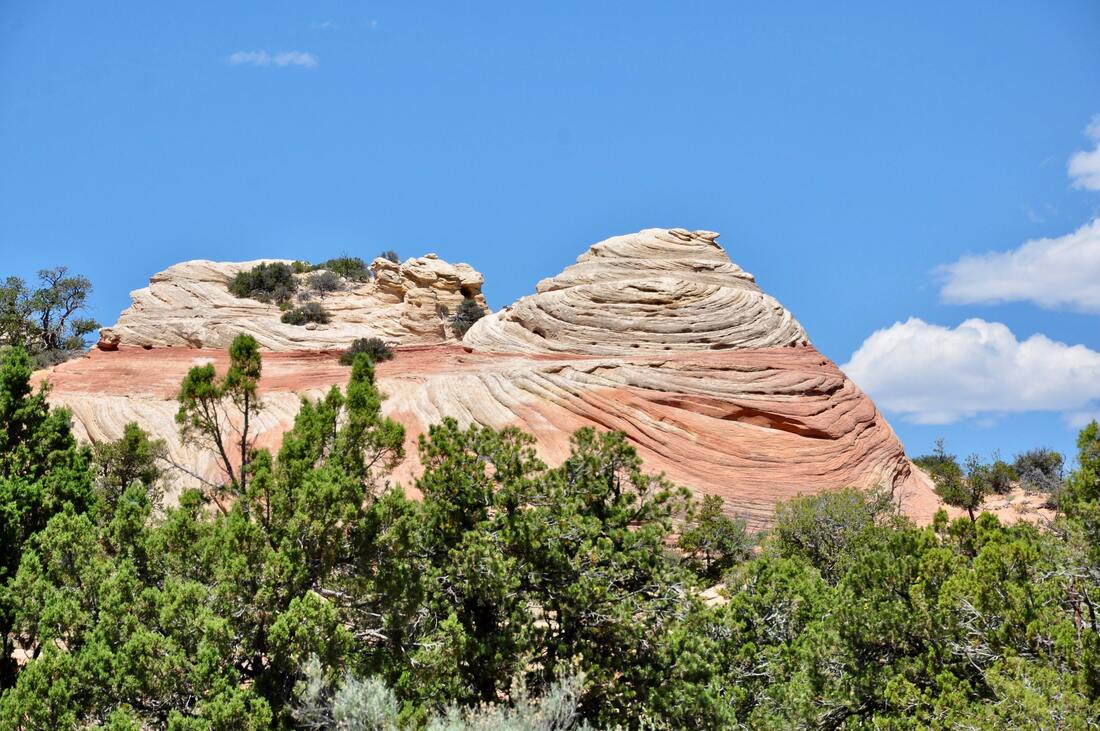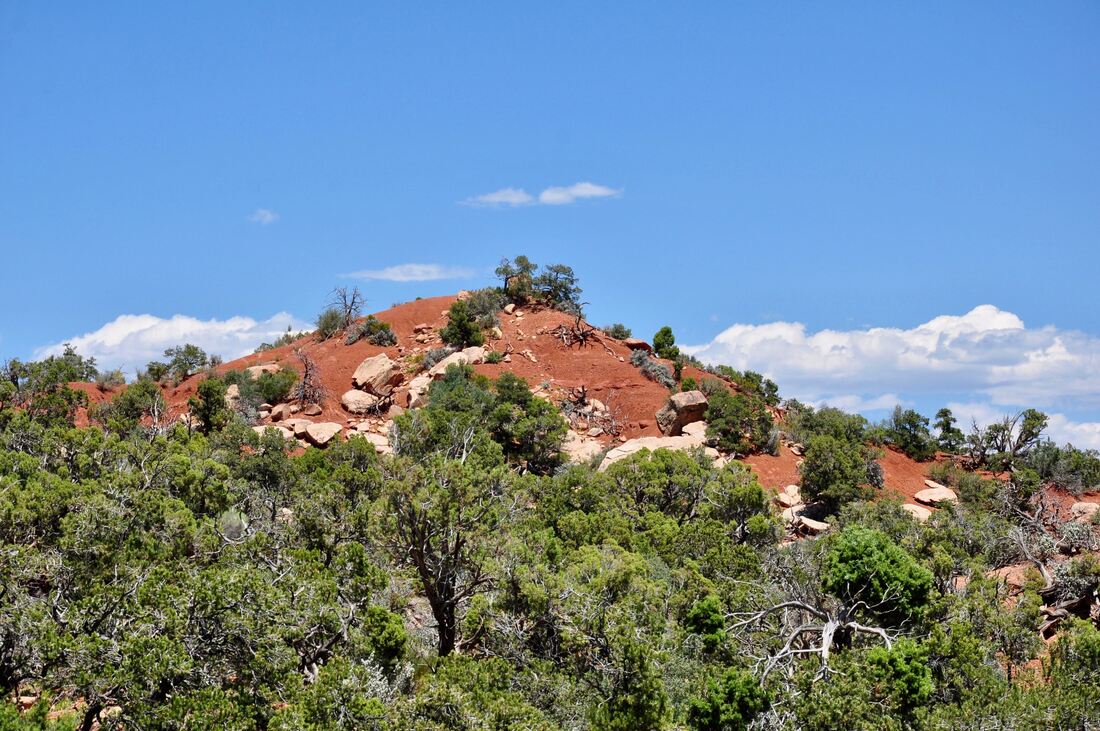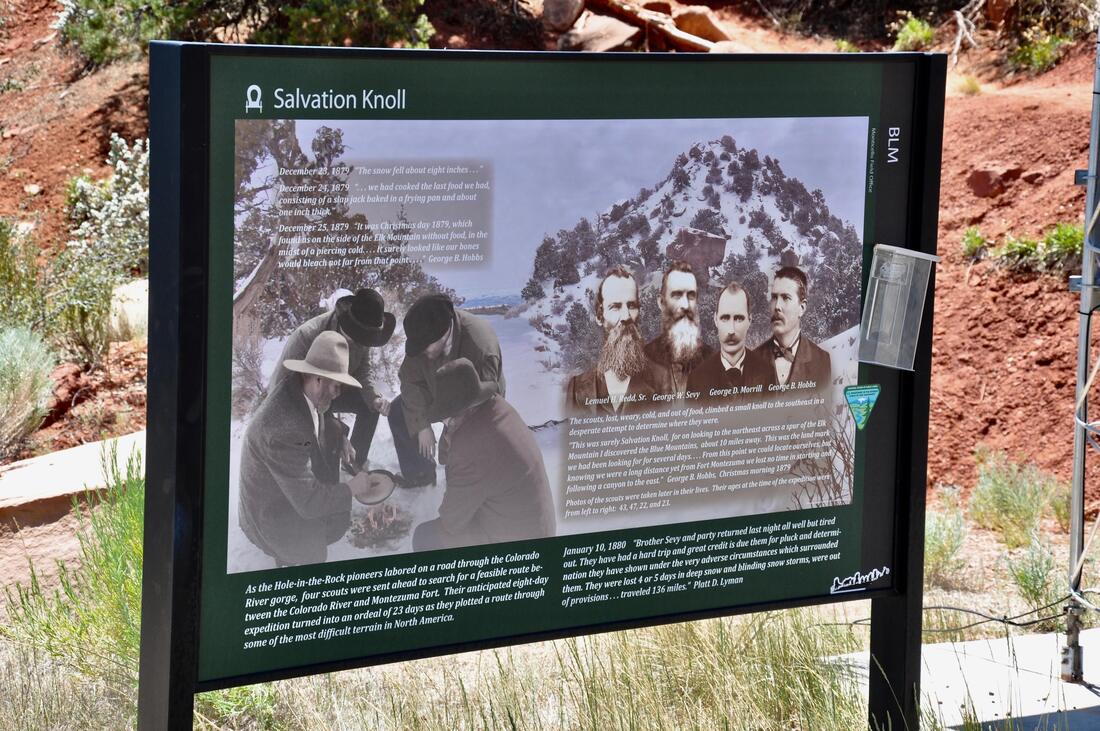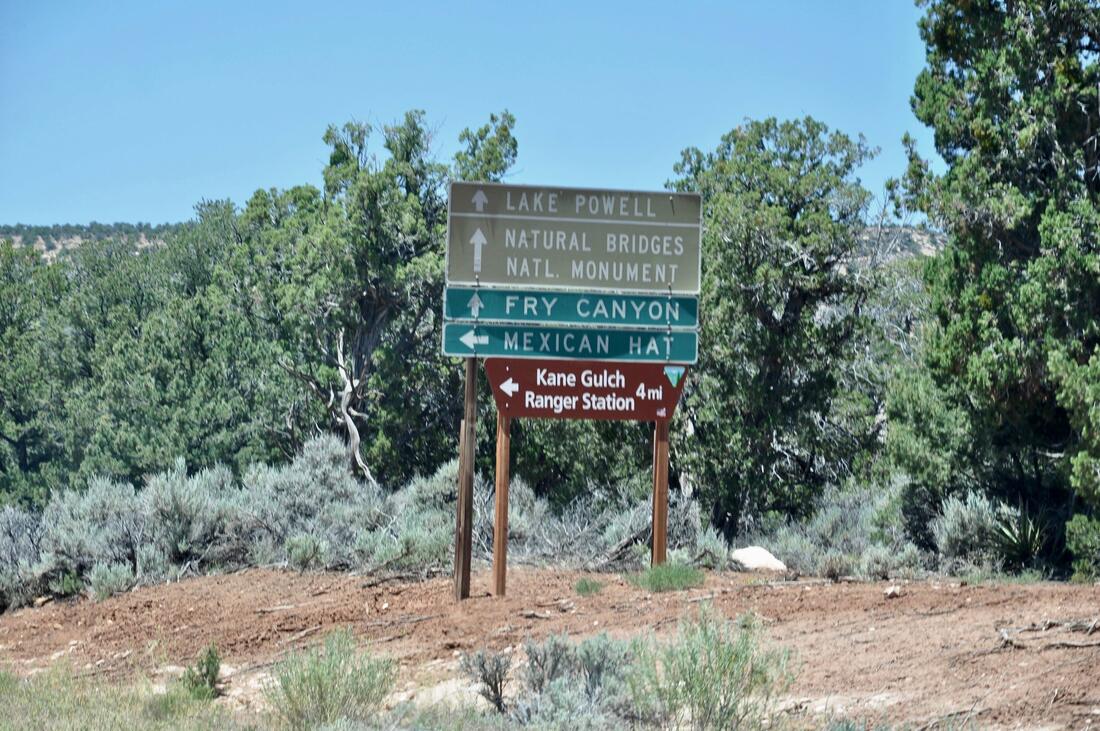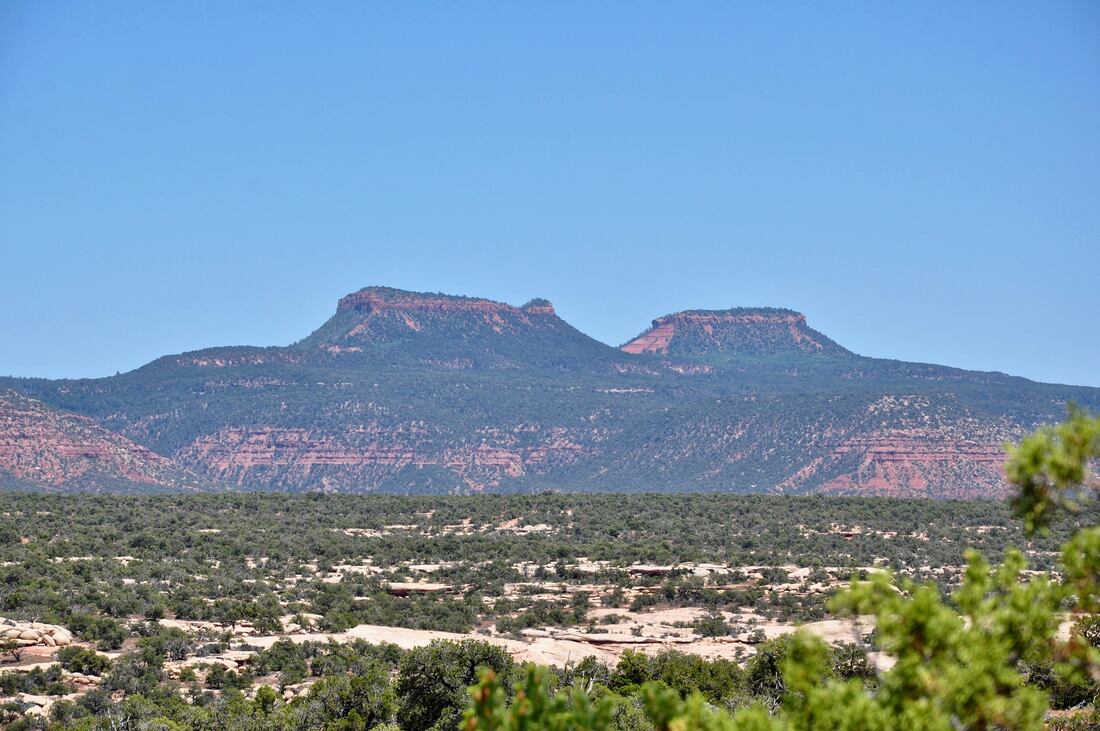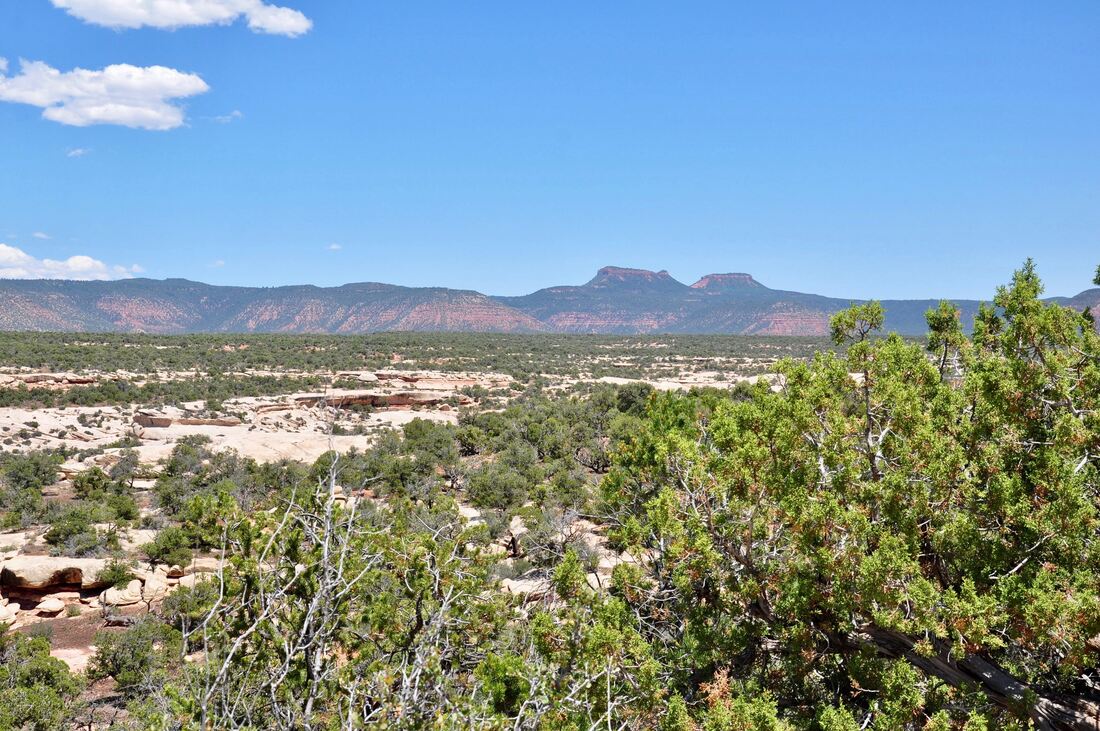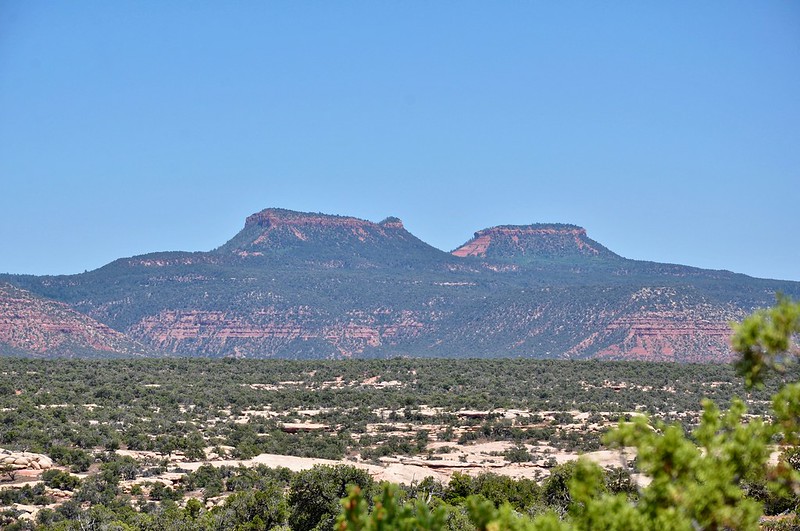|
Unspoiled beautiful landscapes and native sacred places is what the Bears Ears National Monument is all about. Bears Ears is one of the newest National Monuments and it covers well over one million acres of pristine wilderness in southeastern Utah. Bears Ears is surrounded by several National Parks, National Forests, State Parks, BLM Public Lands and the Southern Ute Nation. Bears Ears is currently managed by just about the same amount of agencies, which can make navigating this area a bit confusing. Gaining access to this National Monument is currently not easy for a casual tourist to accomplish without researching the topic ahead of time, especially as far as mapping goes. A good way to become familiar with this National Monument is to take a drive down Utah State Road 95, which goes by many of the Bears Ears access points. Bears Ears National Monument is managed by the Bureau Of Land Management and the National Park Service, but there are currently only a few facilities of any kind on this property. This is like a dream come true for those who seek a place that has been minimally influenced by the modern world! The few roads in Bears Ears are unpaved and they only provide minimal access. Hiking or horseback trail riding are the best methods for exploring the scenic beauty of this National Monument, because the vehicular access is limited for protective reasons. Because the Bears Ears National Monument is so new, the signage is minimal and access points are somewhat difficult to find. In fact, the Bears Ears National Monument is not even shown on many paper maps, GPS mapping systems or internet map websites. It actually does take a bit of research just to find out where Bears Ears is and with a little more effort the dirt access roads can be located. There are BLM offices in Monticello and at Kane Gulch, where accurate maps and information about road conditions can be found. An even better Bears Ears resource just opened recently and this new place offers a wealth of Bears Ears information. The Bears Ears Education Center is located at 567 West Main Street in Bluff, Utah. The Bears Ears Education Center is a donor funded locally operated visitor center, so this is the best place to start a Bears Ears venture. Bluff is about 22 miles south of Utah State Road 95 and there are Bears Ears access points nearby, so it is definitely worth taking the time to check it out. The intersection of Highway 191 and SR 95 is where the scenic drive through Bears Ears begins. When heading west on SR 95 toward the Bears Ears Twin Buttes, there is plenty to see and do in the open countryside.The roadside attractions include the Butler Wash Ruins, Mule Canyon Ruins and the historic Salvation Knoll. There are also a few dirt side roads that go to unique BLM campgrounds that have cottonwood shade trees. The dirt roads can be accessed with a high ground clearance passenger car if there is no rain in the forecast, but a 4x4 is a safer bet. There are several hiking trailheads to be found along this road too. One of the few Bears Ears National Monument road signs to be seen in this region is located along scenic Utah State Road 95, just east of the Natural Bridges National Monument. One of the best views of the Bears Ears Twin Buttes geological formation can be found at the Elk Mountain Road access point, so be sure to bring a good camera when doing this trip! Elk Mountain Road does go all the way up to the Bears Ears Twin Buttes and this dirt road continues on into a hidden lush high elevation forest that cannot be seen from the paved road. Elk Mountain Road is a rough dirt road that has steep grades, so only high ground clearance vehicles can take on this off-highway driving venture. For those who drive a regular passenger car, the views of the Bears Ears Twin Buttes get even better a few miles further west near the Natural Bridges National Monument. There are over 100,000 ancient archaeological sites within the Bears Ears boundaries and more are discovered each year. The Bears Ears Twin Buttes are symbolic of many Native American tribal beliefs that revolve around the ancient history of this region. Indigenous nations that have ancestral ties to the Bears Ears region include the Ute, Navajo, Hopi and Zuni to name a few. Most of the archaeological sites are so old that the timeline extends back to the age of the Pueblo People, who built hundreds of fascinating pueblos throughout the Southwest. From an archaeological, spiritual or just a tourism standpoint, a venture into the Bears Ears wilderness certainly will provide memories that will last a lifetime!
0 Comments
Your comment will be posted after it is approved.
Leave a Reply. |
Leave no trace!
New!
Destination West YouTube channel! https://www.youtube.com/@DestinationWestOrg *The Destination West website upgrading project is well underway. Unique YouTube slideshows are replacing the outdated Flickr photo galleries. The new videos feature modern graphics and alternative music instrumentals that enhance the viewing experience. Some articles are being condensed, while others are getting much needed edits. As everybody knows, the bulk of the original articles and photos were published on the fly during the Covid camping venture and there were limitations. Upgrading is the way to go and more articles will receive a makeover each week until this project is completed. After that, I will be able to gather new material. There is light at the end of the tunnel!
JD Lane Archives
July 2024
Donations help the Destinaton West project continue into the future!
Go Fund Me! This website uses marketing and tracking technologies. Opting out of this will opt you out of all cookies, except for those needed to run the website. Note that some products may not work as well without tracking cookies. Opt Out of Cookies |
